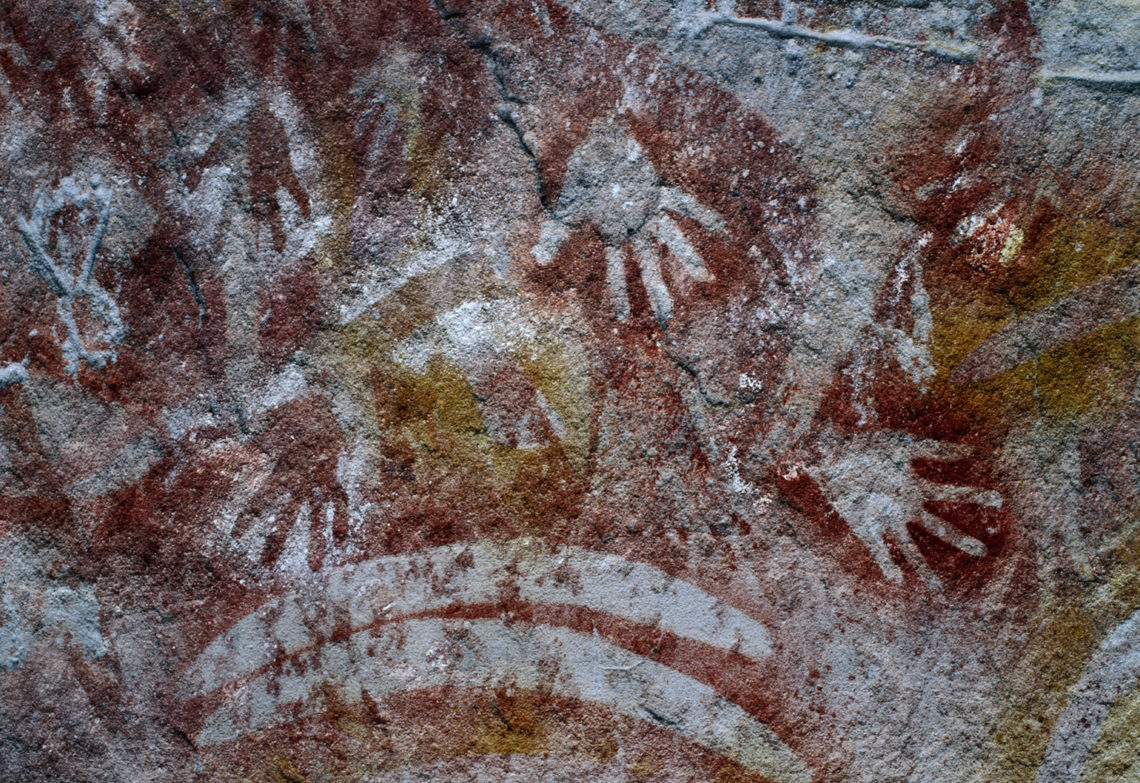The theme for National Reconciliation Week 2020 is In This Together, and a recent panel discussion highlighted some ways to create a more inclusive profession focused on support and partnerships.
Panel Chair Grant Maher FIEAust CPEng, founding director of Jabin Group, was joined by panelists Alinga Energy Consulting Director Ruby Heard, Boeing Defence Australia Aircraft Engineer Taylah Griffin, and MOEC Water and Energy Managing Director James Curran for an online panel centred on this year’s National Reconciliation Week theme.
Maher steered the conversation around the panelists’ personal experiences, touching on drivers to work in engineering, any career roadblocks, and how they integrate Indigenous themes, ideologies and methodologies into their projects.
Uniting themes included some of the difficulties of growing up in a remote or regional area, as well as the determination required to leave their communities to attend school in far-away cities.
The adjustment from country to city was difficult, and once at university, many felt like they didn’t fit in with the rest of their cohort.
“When I started engineering at uni, there were only one or two other Indigenous students doing my degree with me,” said James Curran, managing director of MOEC Water and Energy.
Ruby Heard CPEng, director at Alinga Energy Consulting, echoed this statement, adding that it’s great to see more attention being paid to encouraging Indigenous students into STEM programs.
Heard made the point that companies can’t hire Indigenous engineers who don’t exist.
“If they really want to increase the uptake of Indigenous engineers, then they need to put their efforts into inspiring kids,” she said.
The important role industry plays in boosting Indigenous participation in engineering was made loud and clear by all panelists.
Whether it’s through camps, school visits or efforts to embed Indigenous knowledge into mainstream curriculum, industry has the ability to make engineering and other STEM professions relevant and exciting for Indigenous students, said Boeing Defence Australia aircraft engineer Taylah Griffin.
But they have to get in early.
“You sort of know by Year 10 what you want to do, and it’s hard to develop that interest later in life,” Griffin said.
“We need to be encouraging students to take up STEM. If more companies can reach out to rural and remote Indigenous students, only positive things can come from that.”
Large scale change
Heard also flagged that engagement with Indigenous communities at the project level could be better, and improvements here could have a ripple effect on how young Indigenous students view the role of engineers.
“Sometimes the feeling is it would be nice to have community engagement, but it’s too expensive or too time consuming,” Heard said.
“But if people from Indigenous communities get involved in that work and see these projects up close, they can see jobs they might have in the future. It’s so much more powerful to see this work firsthand than in a book or a movie.”
Further down the track, panelists discussed how companies can better support Indigenous employees or better partner with Indigenous-run businesses.
Griffin said working for a big company comes with many opportunities, but because the majority of the workforce is non-Indigenous, there are also gaps when it comes to cultural safety and sensitivity.
“I love when companies have someone whose job is to be an Indigenous liaison officer. Inclusion should be a company responsibility, but it helps to have someone dedicated to reaching out to Indigenous employees,” she said.
Both Heard and Curran worked for large organisations before striking out on their own, which presents its own unique set of challenges.
Curran found joining industry organisations and associations an excellent way to find support and learn from other inspiring companies around Australia. Heard agreed, saying that support from industry groups designed to help Indigenous businesses is crucial. But she said one of the best things engineering companies can do is “be willing to give us a shot”.
“We need to build our reputation and capabilities. If you like what we’re doing, don’t try and absorb us into your company. Try and work with us as a partnership,” she said.
Intersecting knowledge
The discussion also touched on ways Indigenous knowledge has helped the panelists in their work. While she hasn’t used it much in a technical sense, Heard said Indigenous mentalities and ideas are relevant in a number ways.
“Strategies for land conservation, sustainability, circular economy, and communication, understanding and respect for others are Indigenous traits I try to incorporate into my work,” she said.
On the whole, the panelists felt there was some momentum to improve Indigenous representation in engineering, whether that’s through the number of Indigenous engineers working in the profession or through incorporating community insights and knowledge into projects.
As a final thought, all panelists were hopeful that actions taken today to engage and collaborate with Indigenous communities and people will improve outcomes for them and the profession.
“You can’t be what you can’t see, so the more Indigenous engineers and professionals there are, it’s going to drive more interest in Indigenous communities,” Curran said.




Please delete me from this email database